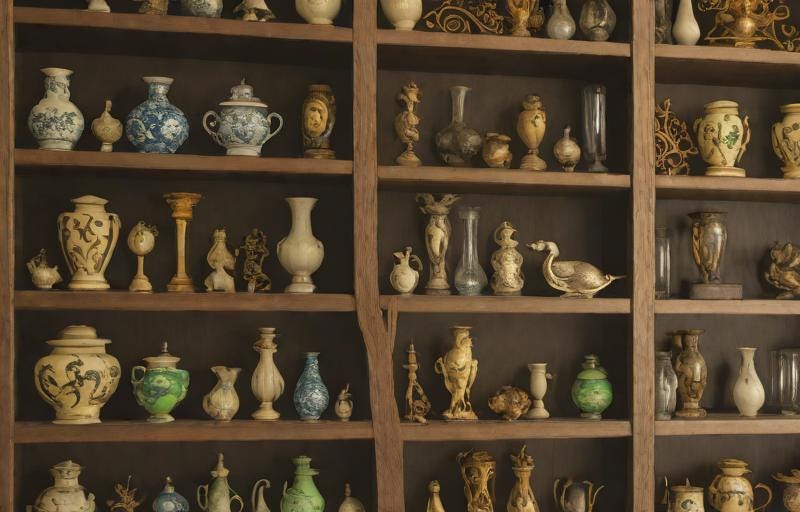This week has been an eventful one in the media, with journalists asking me for comments on a couple of stories. I am always happy to provide such comments but they tend to come and go in flurries.
It has also been an eventful week on social media as I documented here. There is a whole Facebook thread devoted to how awful I am, with a few plucky people briefly defending me before their posts are deleted. I don’t understand why some people equate criticism with abuse, particularly when it is criticism of ideas. I have not heard of any retractions from those who made these accusations against me and I suspect I never will. It is a reminder of how social media can have a tendency towards a toxic in-group, out-group effect. The solution is not, as some people think, to assume the truth must always be in the middle or that people have their own individual ‘truths’. The solution is to accept that ideas can and should be open to criticism.
This week’s Curios include journalism, artificial intelligence, some cool physics and much more.
Top quality journalistic output of the week #1
The newspaper articles I was asked to comment on were both about maths teaching. In The Age, education editor Robyn Grace discussed the quality of NAPLAN numeracy questions and the reasons behind their secrecy. NAPLAN is the suite of standardised literacy and numeracy assessments that Australian students sit in Years 3, 5, 7 and 9.
Over at Bad Mathematics, Marty Ross has been doing his thing, picking NAPLAN numeracy questions apart. These were publicly available until 2016 and most teachers have access to copies of the papers from 2017-2021. However, from 2022, NAPLAN went fully online and used an adaptive testing model in which students took different routes through the assessment, depending on their answers on earlier questions. These banks of questions have not been publicly released and teachers don’t know what they are. Instead, we have to rely on ‘sample’ questions which are
Marty wrote about this on his blog and I tend to agree with him. It does not matter whether you are Marty who wants to pick these question apart or a middle school mathematics teacher who wants to see how these questions interpret the Australian Curriculum, they should be publicly available. After all, as taxpayers, Australians have paid for their production.
Top quality journalistic output of the week #2
The second story to quote me was by Chris Harris in The Sydney Morning Herald. The New South Wales government has quietly dropped its plan to insist all students complete maths course up to Year 12. This may be in response to a lack of sufficient teachers to expand maths teaching in this way. Nonetheless, it is a good idea to abandon this plan.
You may be surprised that I would take that line. I do want to increase the number of students taking maths in Years 11 and 12, just as I would like to see a reduction in the number of suspensions and expulsions. The point is that I am wary of top down approaches to achieving either outcome. In the case of maths, it would result in classes of kids that don’t want to there, learning debased and supposedly real world maths. Who would want to teach that class?
Instead, if we want to increase the number of students taking maths, especially the higher level courses, we need to be better at teaching it. It is when students gain a sense of achievement in maths that they become more motivated to take it further in the future.
Reinvention of school physics of the week
On the subject of motivation, a quantum physicists has some advice for teachers on how to make school physics more interesting. Can you guess what it is?
Keep reading with a 7-day free trial
Subscribe to Filling The Pail to keep reading this post and get 7 days of free access to the full post archives.






